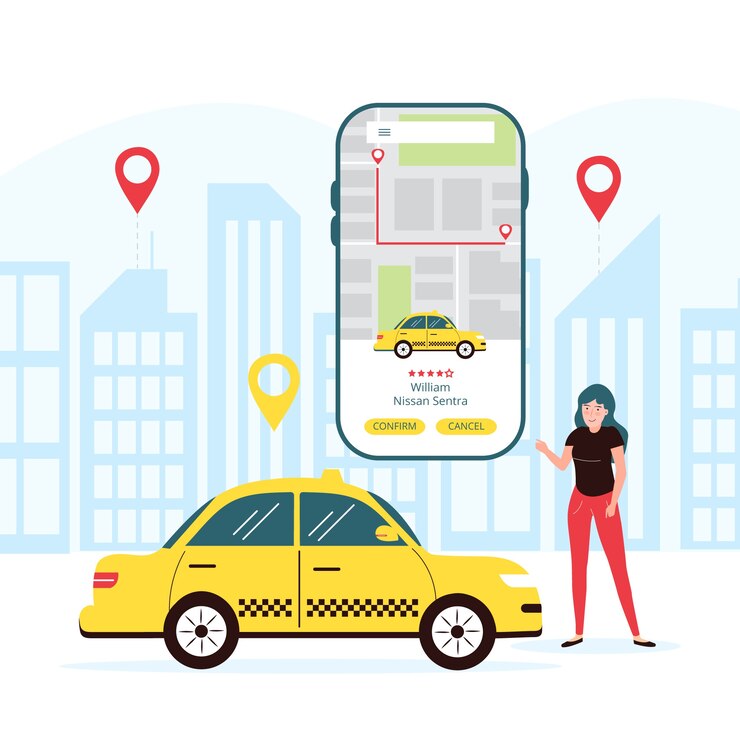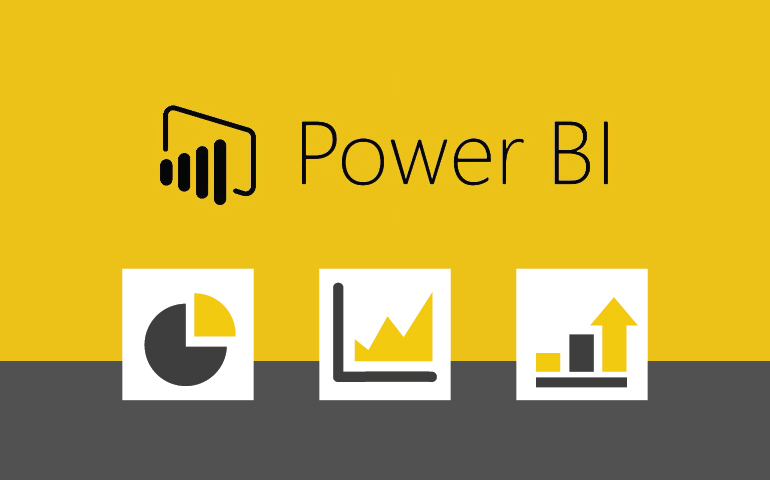Ride-sharing apps have reshaped how we travel, making it convenient, cost-effective, and highly accessible. Developing a ride-sharing app like Uber or Lyft involves various stages, each with its own set of challenges, costs, and potential areas of customization. This article provides an in-depth look at the elements that determine the cost of ride-sharing app development, from fundamental features to technological requirements, third-party integrations, and ongoing maintenance.
Why Invest in a Ride-Sharing App?
Ride-sharing apps are attractive investments because they tap into a continually growing market. The global ride-sharing market is expected to grow substantially over the next decade, driven by urbanization, the rising adoption of smartphones, and the convenience of app-based transport. Offering a streamlined, on-demand solution for transportation, these apps are also a great way to capitalize on user engagement and establish brand loyalty.
What Affects the Cost of Ride-Sharing App Development?
The cost of developing a ride-sharing app depends on several factors. Key aspects include app functionality, design complexity, development team rates, location, choice of tech stack, and third-party integrations. Each component plays a crucial role in determining the overall expense.
Key Features Needed in a Ride-Sharing App
A comprehensive ride-sharing app requires two main components: the driver-side app and the rider-side app, each with unique functionalities to ensure seamless service.
1. Rider App Features
- User Registration and Profiles: Users should be able to create accounts, log in, and manage profiles easily.
- Booking Interface: Riders need to enter their location and destination, select ride options, and see an estimated fare.
- Real-time Tracking: GPS functionality lets riders track their driver’s location in real-time, adding transparency and trust.
- Payment Gateway: Offering multiple payment options (credit cards, digital wallets) improves user experience.
- Push Notifications: Real-time updates on ride status, arrival time, and payment confirmations are essential for user engagement.
- Ratings and Reviews: Enabling users to rate their ride experience helps maintain quality service.
2. Driver App Features
- Driver Profile Management: Allows drivers to manage personal information, vehicle details, and verify documents.
- Trip Alerts and Navigation: Drivers need alerts about new ride requests and optimized navigation for route efficiency.
- Earnings Tracker: Drivers appreciate tools to track earnings on a daily, weekly, and monthly basis.
- Push Notifications: Alerts regarding new ride requests, cancellation notifications, and other app events.
- In-app Communication: A chat or call feature allows riders and drivers to communicate for coordination.
3. Admin Panel Features
- User and Driver Management: The admin should be able to manage both riders and drivers, handling issues or disputes.
- Analytics and Reporting: Comprehensive analytics help track app performance, user behavior, and revenue generation.
- Payment Management: The admin panel should streamline payment handling, commission setup, and refunds.
- Promotions and Discounts: Adding promotions can attract new users and retain current ones.
These features are essential for a high-quality ride-sharing app. More sophisticated features may increase development costs but could offer a better user experience and greater differentiation in the competitive ride-sharing market.
Cost Breakdown: Factors Influencing Ride-Sharing App Development Costs
Several factors contribute to the cost of developing a ride-sharing app. Here’s a detailed look:
1. App Complexity and Features
- Basic Features: For a basic ride-sharing app with essential features like booking, payments, and tracking, the cost is lower but limits user engagement options.
- Advanced Features: Real-time analytics, AI-powered route optimization, and personalized promotions can significantly boost the development cost.
- Customizations: Additional customizations based on target market demands, such as multilingual support or extra security features, can also increase costs.
2. Choice of Tech Stack
The technology stack influences the app’s performance, scalability, and overall cost. Some popular choices include:
- Front-End Development: Languages like Swift for iOS and Kotlin for Android are typically used.
- Back-End Development: Technologies like Node.js, Ruby on Rails, or Python are preferred for backend services.
- Database Management: Relational databases like PostgreSQL or NoSQL databases like MongoDB are widely used for data management.
- Real-Time Features: Real-time tracking and notifications require robust technologies such as Firebase or Pusher, adding to the development cost.
3. UI/UX Design
Creating an appealing and user-friendly design is essential for any app. Depending on the design’s complexity, user flow, and branding, design costs can vary. A simple, intuitive design may cost less, while a custom-designed, highly interactive UI will require more resources and budget.
4. Third-Party Integrations
Integrating third-party tools like payment gateways, map APIs, and analytics tools can add to the overall cost. For instance:
- Payment Gateways: Services like Stripe, PayPal, or Apple Pay are critical but may involve integration fees.
- Map APIs: Location-based services like Google Maps API or Mapbox are integral for real-time tracking but come with usage costs.
- Authentication: Integrating Google or Facebook authentication adds convenience but may involve additional development costs.
5. Development Team and Location
Hiring an in-house team, freelancers, or an outsourced development team impacts costs differently. Developer rates also vary by region, with North American and Western European developers often costing more than their counterparts in South Asia or Eastern Europe.
- Freelancers: Suitable for smaller, less complex apps, freelancers generally charge lower rates.
- Outsourced Teams: Development firms offer comprehensive services, making them ideal for end-to-end development, though at a higher price.
- In-House Teams: For continuous development and updates, an in-house team is beneficial but adds ongoing operational costs.
Estimated Costs of Developing a Ride-Sharing App
The average cost for developing a ride-sharing app varies depending on features and complexity:
- Basic App: $30,000 – $50,000
- Mid-Level App: $60,000 – $100,000
- Advanced App: $120,000 and above
These estimates can fluctuate based on development time, team size, and region. Maintenance, updates, and feature upgrades may add another 15-20% annually.
Post-Launch Costs: Maintenance and Marketing
After launch, regular maintenance, updates, and marketing are crucial to keep the app functional and relevant.
- Maintenance: Bug fixes, performance optimizations, and security updates are ongoing needs.
- Server Costs: Servers must be managed to handle peak traffic efficiently.
- Marketing: Digital marketing, promotions, and user acquisition campaigns are essential to attract new users and retain current ones.
Conclusion
Developing a ride-sharing app is a significant investment, with costs varying based on features, design, technology, and team expertise. However, with careful planning, a clear understanding of essential features, and a defined target market, businesses can create a functional, user-friendly, and cost-effective ride-sharing solution. Assessing the app’s requirements and future scalability needs can help control costs while ensuring the app’s long-term success.
FAQs
1. How much does it cost to develop a ride-sharing app like Uber? The cost to develop a ride-sharing app like Uber depends on features, technology, and team rates. Generally, it ranges from $60,000 for a basic version to over $120,000 for a feature-rich app.
2. What are the essential features of a ride-sharing app? Essential features include user profiles, booking options, real-time tracking, multiple payment options, push notifications, and in-app communication.
3. Which technology stack is best for ride-sharing app development? Popular options include Swift or Kotlin for the frontend, Node.js or Python for backend development, and Google Maps API for real-time tracking. The choice depends on the project’s specific needs and budget.
4. How can I reduce the development cost of my ride-sharing app? Opting for a cross-platform solution, outsourcing to a cost-effective region, and focusing on MVP (Minimum Viable Product) features are effective ways to reduce development costs.
5. What are the ongoing costs for a ride-sharing app after launch? Post-launch costs include server maintenance, updates, bug fixes, and marketing expenses. Annual costs for upkeep generally account for 15-20% of initial development expenses.














